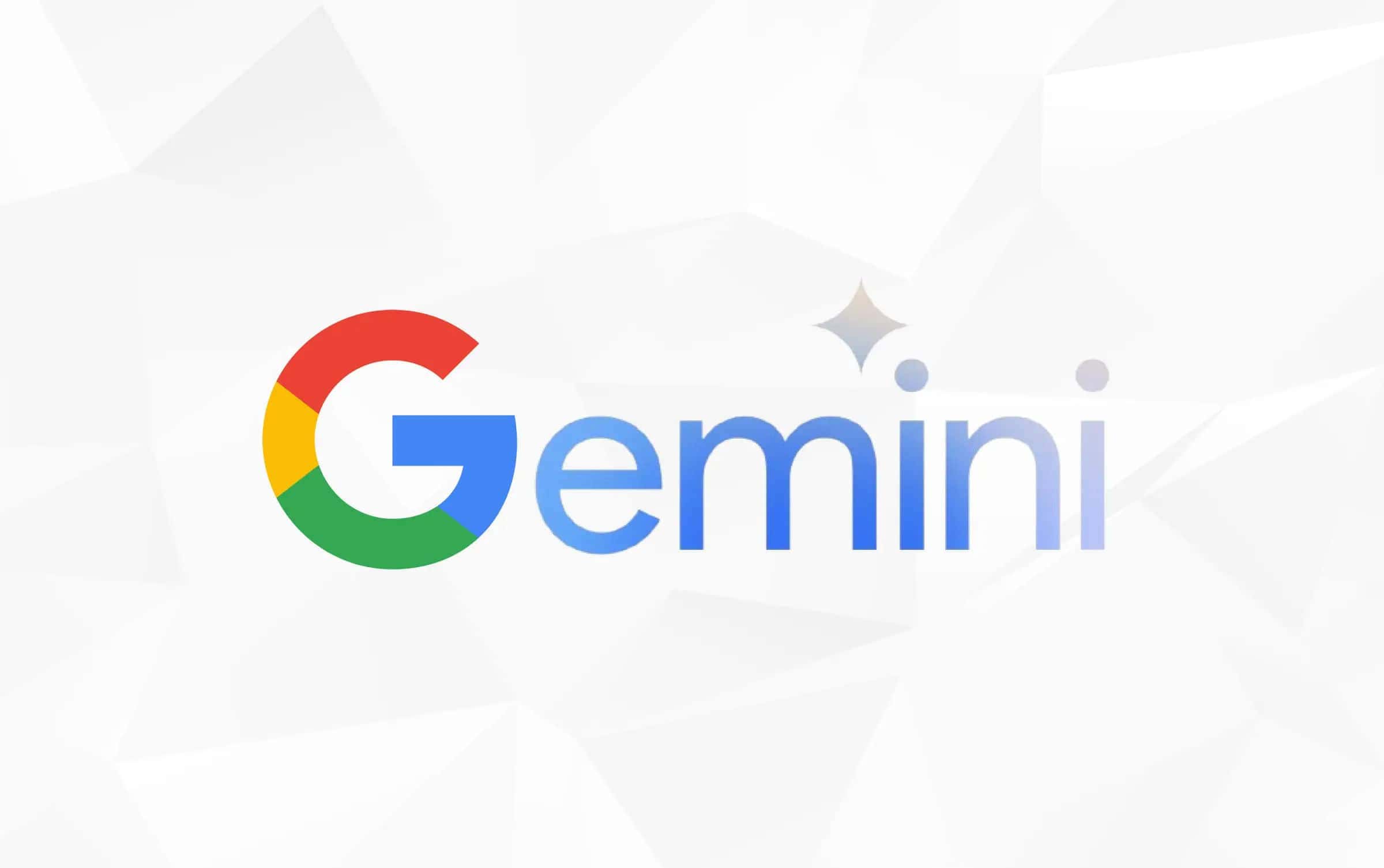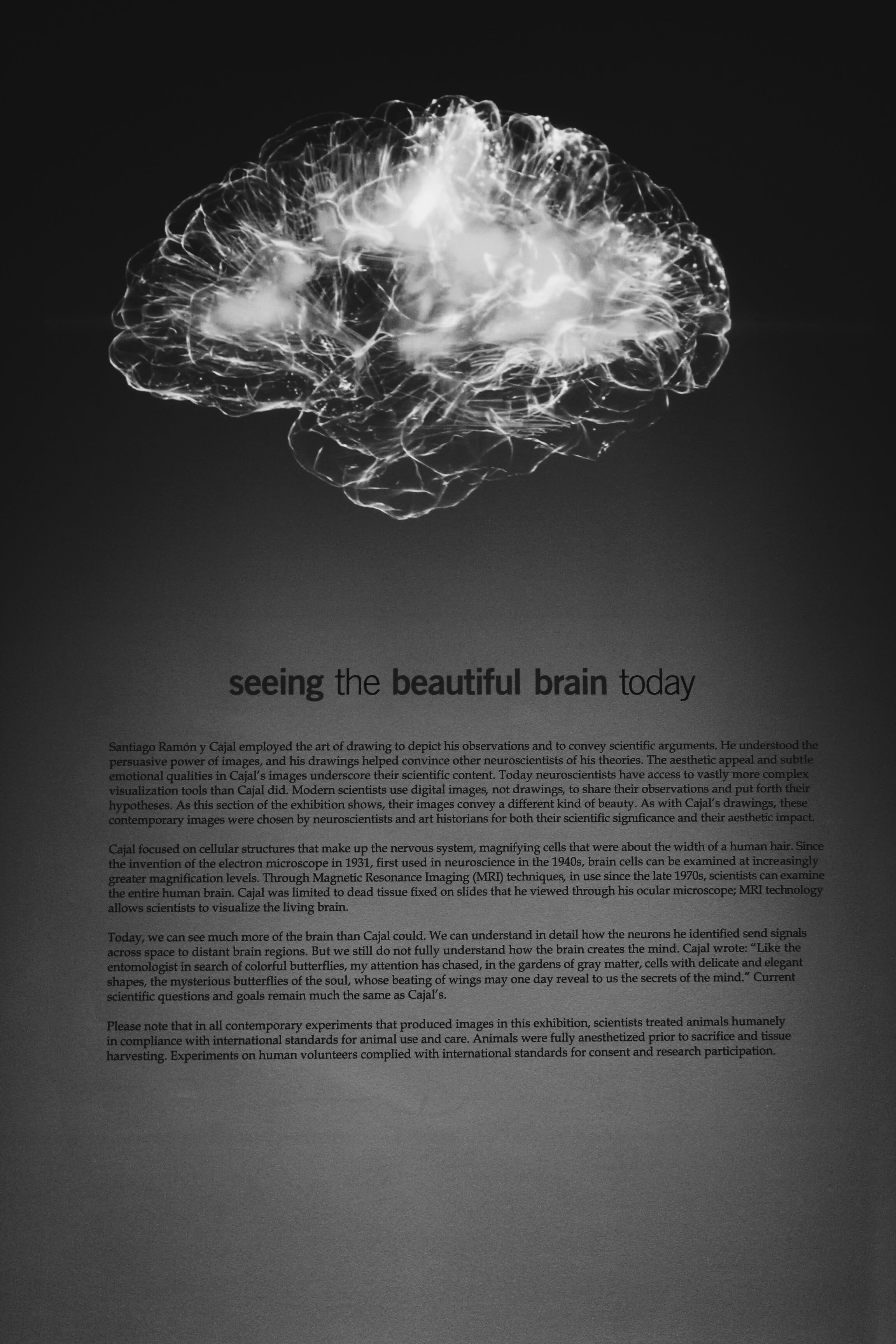Google’s Fastest AI Yet with Gemini 1.5

What Sets Gemini 1.5 Apart
Google's Gemini has quickly been rising among the tech horizon and understandably so; It has once again raised the bar! This development isn’t just an incremental update—it is a massive shift in how people across industries, especially students and future professionals, will interact with technology in the years ahead.
At the core of Gemini 1.5’s breakthrough is its ability to handle massive context windows—up to 10 million tokens. This means the AI can retain and process much more information during a single interaction than ever before. Unlike previous models that could forget earlier parts of a long conversation, Gemini 1.5 is capable of remembering and referencing material from far earlier in a session.
This opens doors to an entirely new way of interacting with AI. Imagine uploading a 1,500-page textbook, a full-length documentary, or extensive legal documents, and having the AI intelligently summarise, analyse, or answer questions based on it. The implications are enormous—not just for developers and researchers, but also for students and professionals across sectors.
Smarter, Faster, More Efficient
Gemini 1.5 is built on a “Mixture of Experts” architecture—a design that activates different parts of the model based on the task at hand. This makes it highly efficient, allowing for complex reasoning, faster responses, and more accurate results while using computational resources wisely.
This smarter approach to performance doesn’t just make the AI more powerful; it also makes it more accessible. As the technology becomes more scalable, more students, educators, and institutions will be able to afford and integrate it into learning environments. In short, it's not just about having the biggest brain—it’s about using it wisely and making it available to everyone.
A New Era of Learning and Preparation
For students entering fields such as engineering, law, media, medicine, or cybersecurity, the demands of the modern workplace are changing. Employers no longer seek workers who simply follow instructions. They want problem-solvers, critical thinkers, and those who can work with technology to develop innovative solutions.
This is where Gemini 1.5 becomes a game-changer. By being able to process large amounts of data, generate reports, simulate problem scenarios, or provide research support, it gives students a virtual lab partner, research assistant, or creative collaborator. Whether you’re building a prototype, analysing case law, or editing a screenplay, Gemini 1.5 can assist you in real-time.
Additionally, the model’s ability to retain long contextual threads is especially useful for those working on complex projects over weeks or months. It can remember your previous work, understand the scope of your objectives, and help ensure continuity in your ideas—making it easier to manage long-term assignments or group collaborations.
Why This Matters for Future Careers
Modern careers are increasingly AI-integrated. From marketing professionals using AI to predict trends, to doctors consulting AI for diagnosis, to software engineers building AI-powered applications—understanding how to work with such tools is rapidly becoming non-negotiable.
By becoming familiar with technologies like Gemini 1.5 early in their academic journey, students gain a competitive edge. They develop not only technical literacy but also the ability to think alongside machines. That’s the skillset that will define the next generation of professionals.
The workplace of the future will demand agility, digital fluency, and the confidence to interact with rapidly evolving tools. Gemini 1.5 is more than a piece of software; it’s a preview of what professional environments are starting to look like. Students who learn how to use tools like this today will be the ones who thrive tomorrow.
Looking Ahead
It is understandable to be hesitant with all the new developments in AI coming out the woodwork. However, Gemini 1.5 is not replacing human potential—it’s amplifying it. And for students preparing to step into the technology world, that’s not something to fear—it’s something to embrace.




